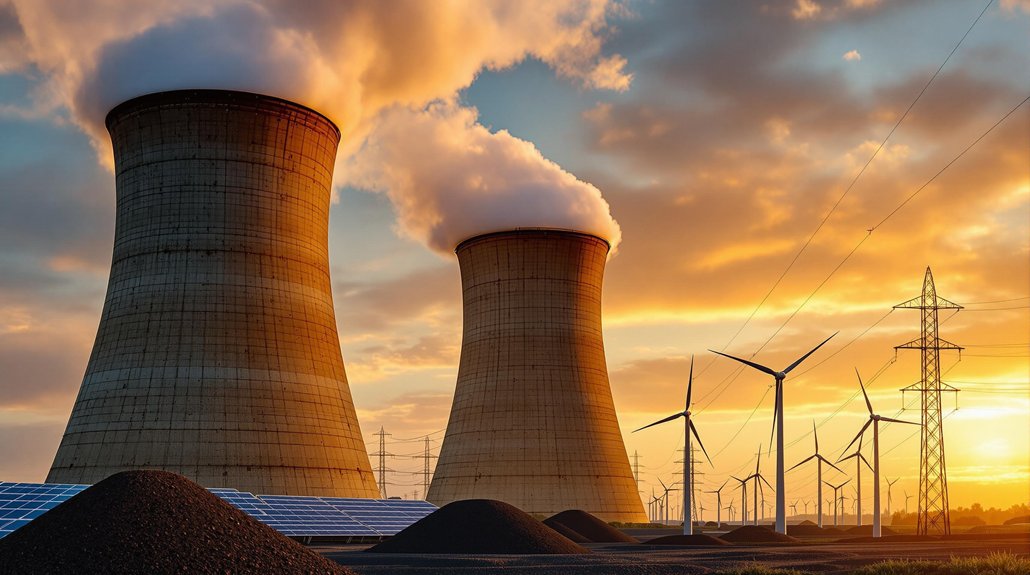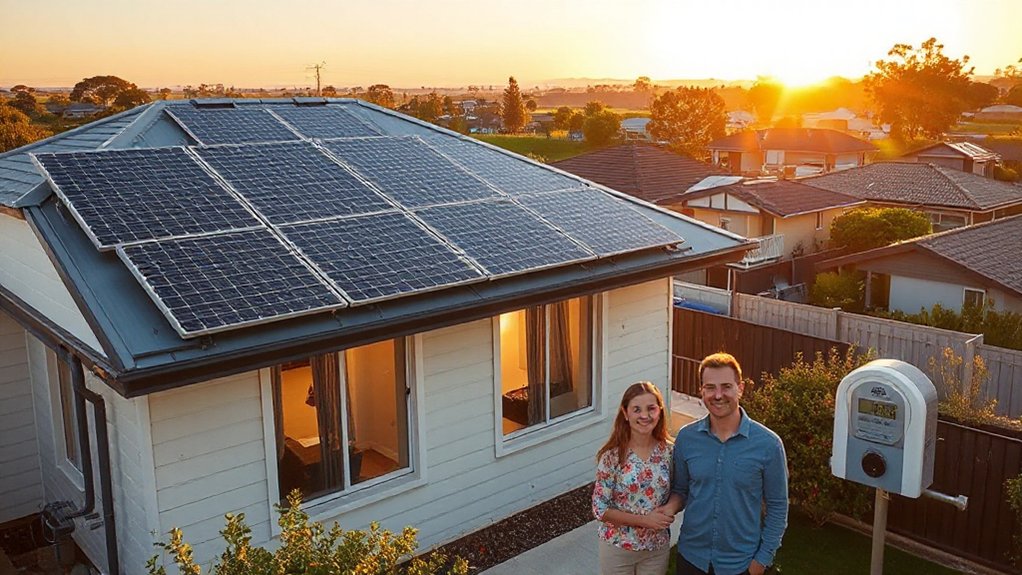Texas lawmakers are pushing bills that could strangle the state’s thriving renewable energy industry. New regulations target wind, solar, and storage projects just as electricity demand skyrockets. Talk about bad timing. Studies predict these restrictions would leave 620,000 homes powerless during heat waves, spike power prices by 14%, and kill thousands of jobs. Meanwhile, 75% of Texas counties depend on renewable tax revenue. The Lone Star State might shoot itself in the boot.
While Texas stands as the nation’s leader in renewable energy production, a sudden wave of legislative proposals threatens to slam the brakes on the state’s clean power boom. Lawmakers in 2024-2025 are pushing bills that would increase regulatory hurdles and permitting requirements specifically targeting wind, solar, and energy storage projects. Bad timing, folks. Really bad timing.
These proposals come just as Texas desperately needs more power generation. The state’s electricity demand surged 17% since 2021, hitting a whopping 86 GW last year. Data centers are popping up everywhere. The oil and gas sector is electrifying operations. And what’s ERCOT’s solution? More renewables. Lots more.
Texas faces an electricity crunch right when proposed laws could hamstring the renewable solutions ERCOT desperately needs.
Texas added nearly 10 GW of utility-scale solar in 2024 alone, with another 10 GW from rooftop installations. The state generated more clean electricity than any other in the country. Not too shabby for a place known for oil derricks.
The economic stakes? Massive. Over 75% of Texas counties now receive tax revenue from renewable projects. These installations pump billions into local economies and provide vital income for landowners. Rural communities, especially, have found an economic lifeline in these developments. New projects are expected to generate over $20 billion in tax revenue from utility-scale renewable energy developments.
Critics of the anti-renewable bills aren’t mincing words. They predict a 14% spike in wholesale power prices by 2035 if these restrictions pass, translating to 10% higher household utility bills. Not exactly what politicians want on campaign flyers.
The irony isn’t lost on industry observers. Texas—the energy capital of America—risks undermining its competitive edge just when it’s becoming the national testing ground for large-scale renewable integration. Grid reliability, the very issue lawmakers claim to address, could actually worsen without continued renewable additions. Restricting renewable development could leave 620,000 homes without electricity during extreme heat events, according to research by Aurora Energy Research.
For a state that prides itself on free markets and business-friendly policies, these bills represent a curious departure. Tens of thousands of clean energy jobs hang in the balance. With renewables projected to create 10 million jobs by 2030 nationally, Texas could miss out on a significant economic opportunity. The message is clear: Texas stands at an energy crossroads, and the direction lawmakers choose will ripple far beyond state lines.
References
- https://www.txbiz.org/2025/04/16/new-report-shows-renewable-energy-critical-to-keeping-texas-competitive/
- https://seia.org/news/new-report-clean-energy-industry-is-generating-billions-for-texas-landowners-and-local-governments/
- https://www.canarymedia.com/articles/clean-energy/will-texas-self-destruct-its-clean-energy-industry
- https://www2.deloitte.com/us/en/insights/industry/renewable-energy/renewable-energy-industry-outlook.html
- https://www.latitudemedia.com/news/texas-is-becoming-the-testing-ground-for-the-energy-transition/








